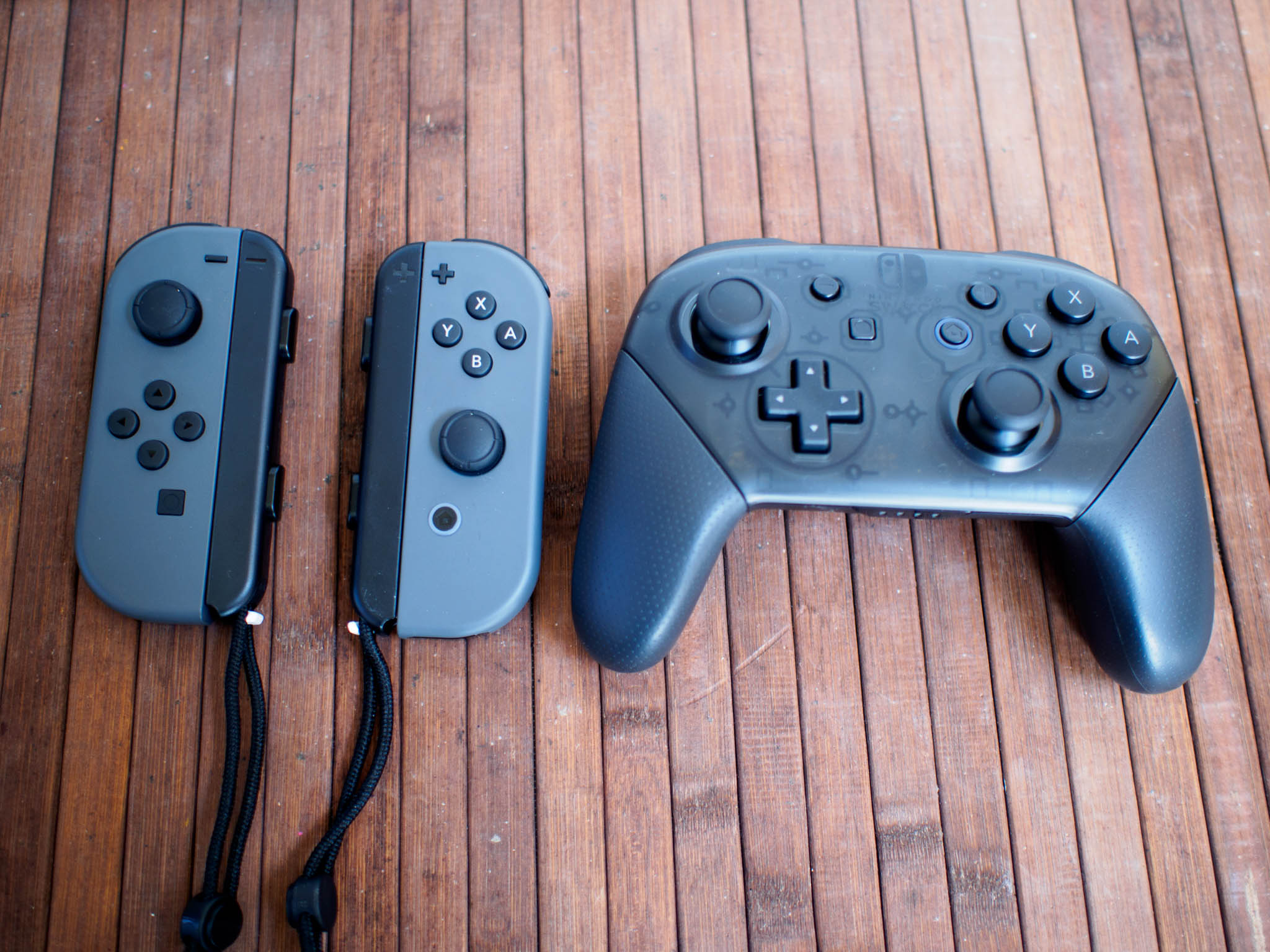

Continued refinements įor most of the 1980s and early 1990s, analog joysticks were the predominant form of gaming controller for PCs, while console gaming controllers were mostly digital. The D-pad soon became a ubiquitous element on console gamepads, though to avoid infringing on Nintendo's patent, most controller manufacturers use a cross in a circle shape for the D-pad instead of a simple cross.

Though developed because they were more compact than joysticks, and thus more appropriate for handheld games, D-pads were soon found by developers to be more comfortable to use than joysticks.
Gamepad for mac 2017 series#
This design would be incorporated into their " Game & Watch" series and console controllers such as the standard NES controller. Nintendo developed a gamepad device for directional inputs, a D-pad with a "cross" design for their Donkey Kong handheld game. The third generation of video games saw many major changes, and the eminence of gamepads in the video game market. It would take many years for the gamepad to rise to prominence, as during the 1970s and the early 1980s joysticks and paddles were the dominant video game controllers, though several Atari joystick port-compatible pushbutton controllers were also available. Analog triggers, like that of the GameCube controller, are pressure-sensitive and games can read in the amount of pressure applied to one to control the intensity of a certain action, such as how forceful water is to be sprayed in Super Mario Sunshine. merely on/off while triggers are usually analog) centrally placed start, select, and home buttons, and an internal motor to provide force feedback. Some common additions to the standard pad include shoulder buttons (also called "bumpers") and triggers placed along the edges of the pad (shoulder buttons are usually digital, i.e. The direction controller has traditionally been a four-way digital cross (also named a joypad, or alternatively a D-pad, and never called arrow keys), but most modern controllers additionally (or as a substitute) feature one or more analog sticks. Gamepads generally feature a set of buttons handled with the right thumb and a direction controller handled with the left. Shoulder buttons ("bumpers") and triggers on an Xbox 360 controller.


 0 kommentar(er)
0 kommentar(er)
